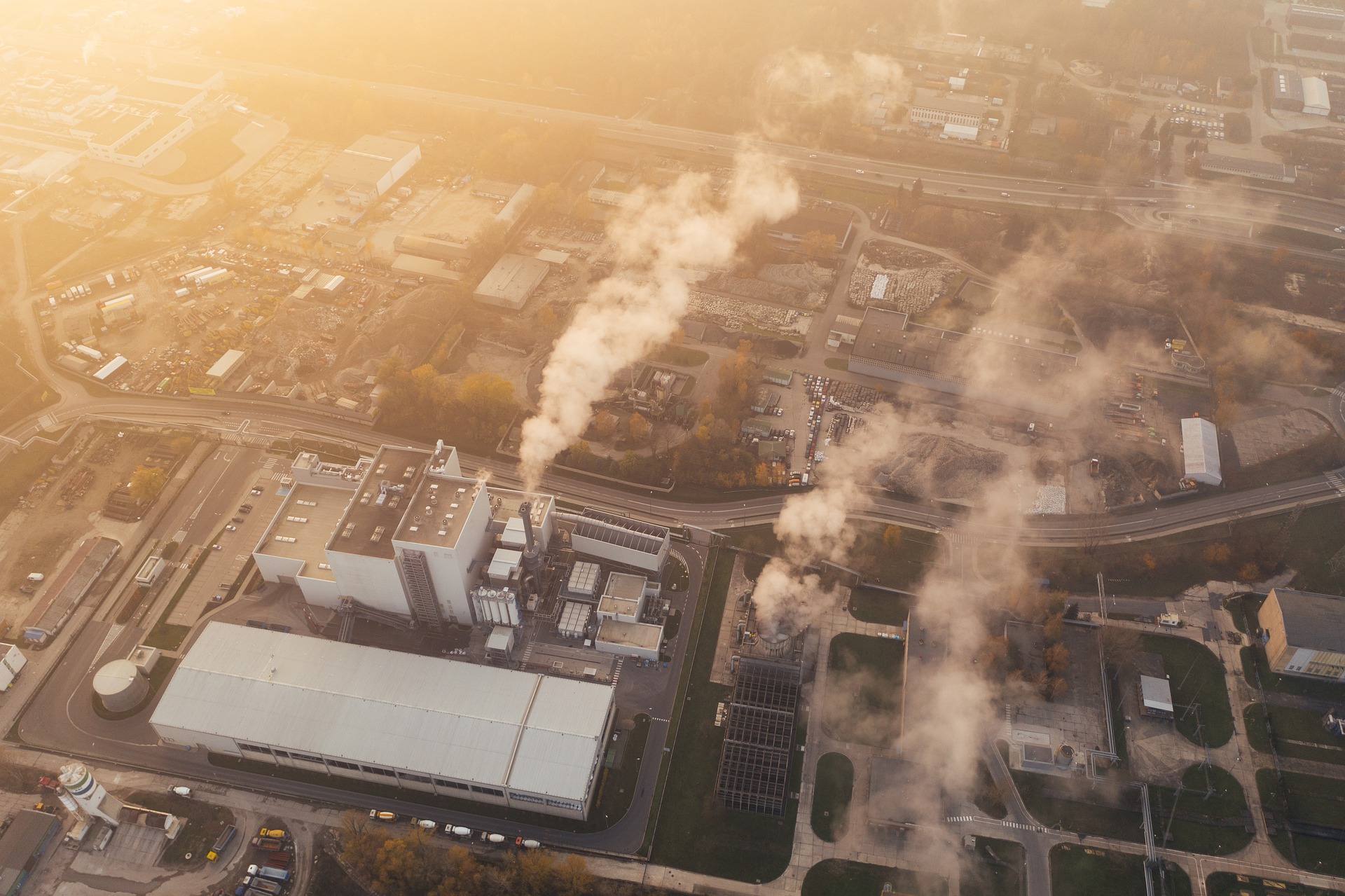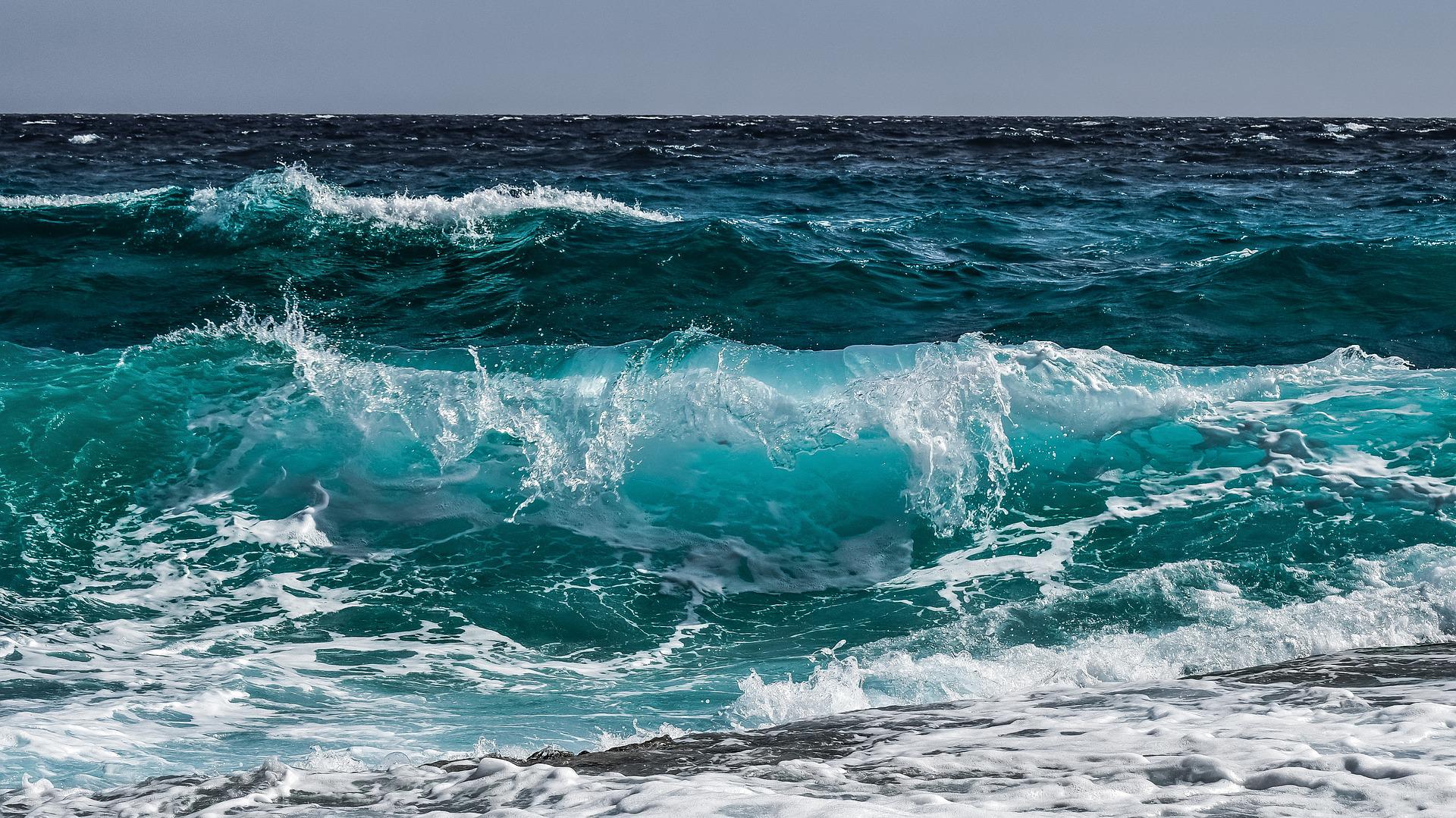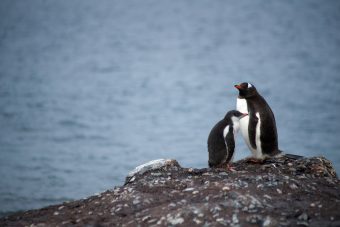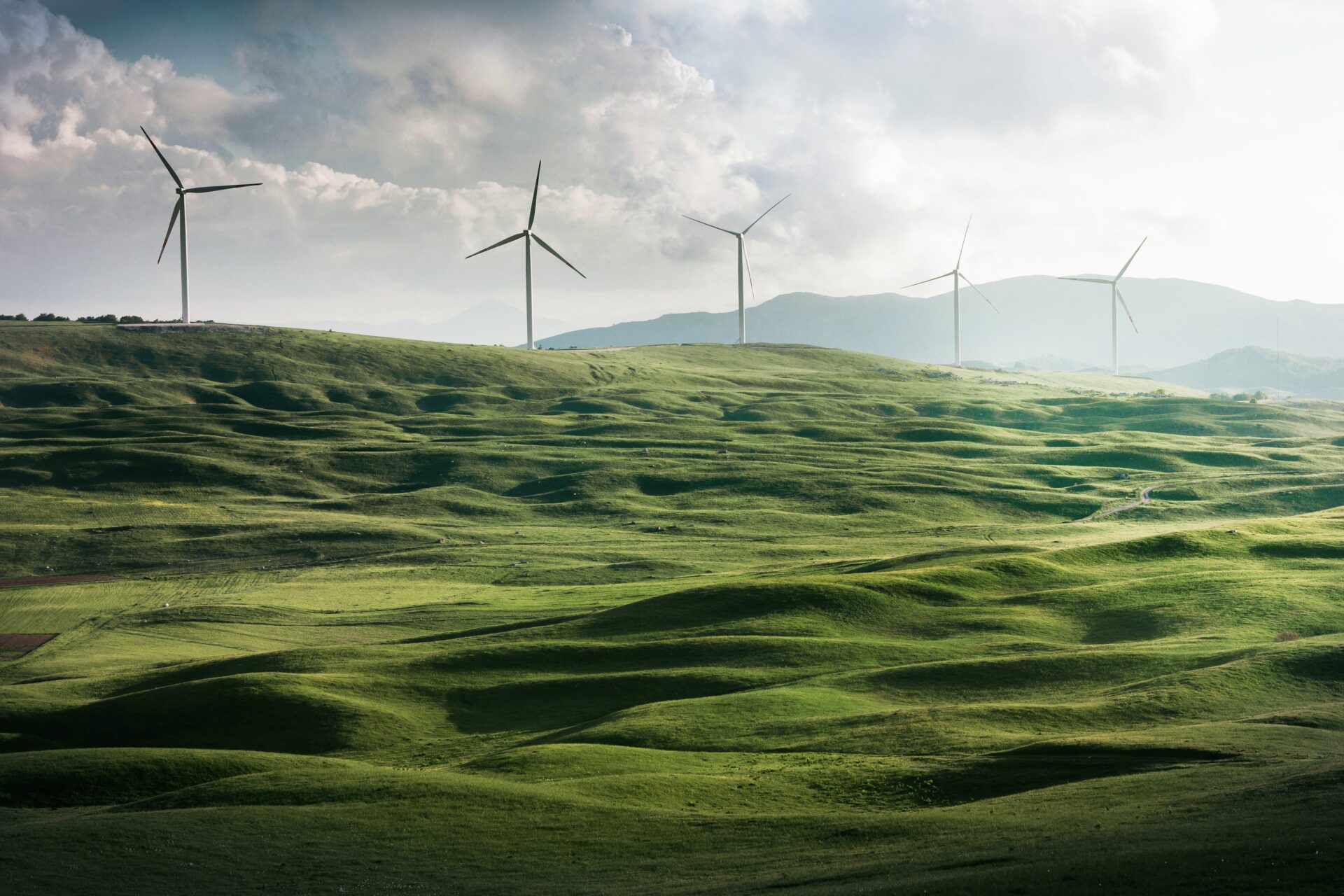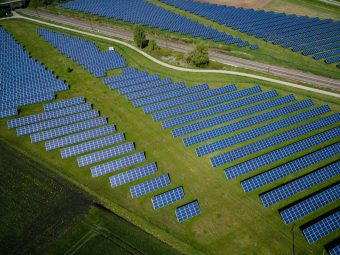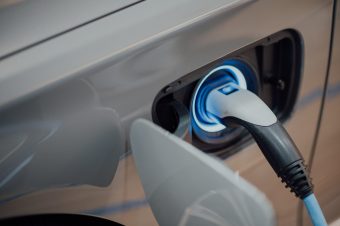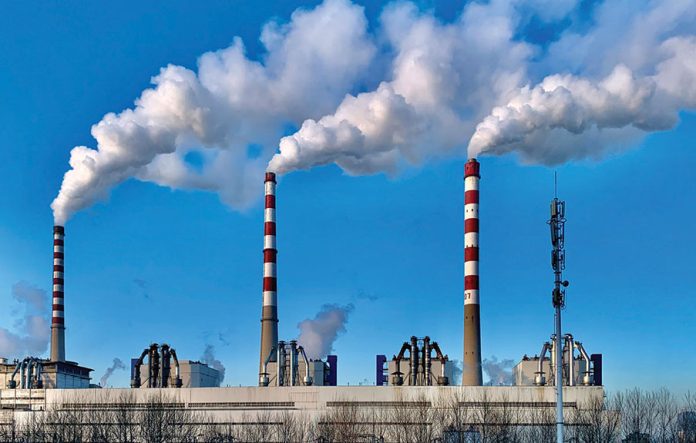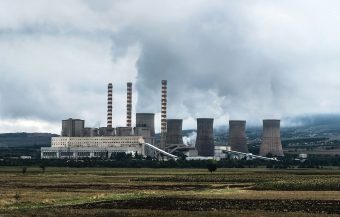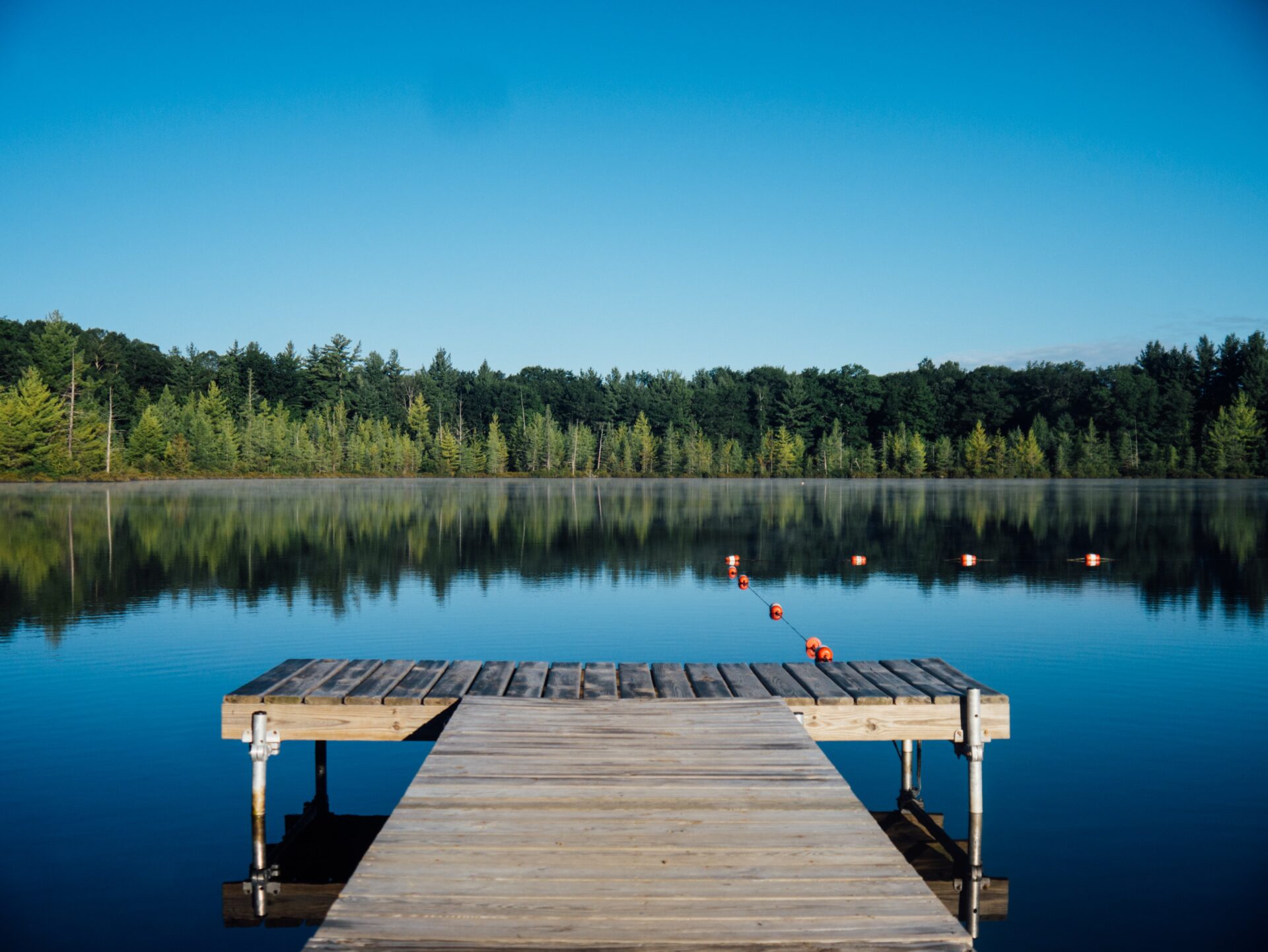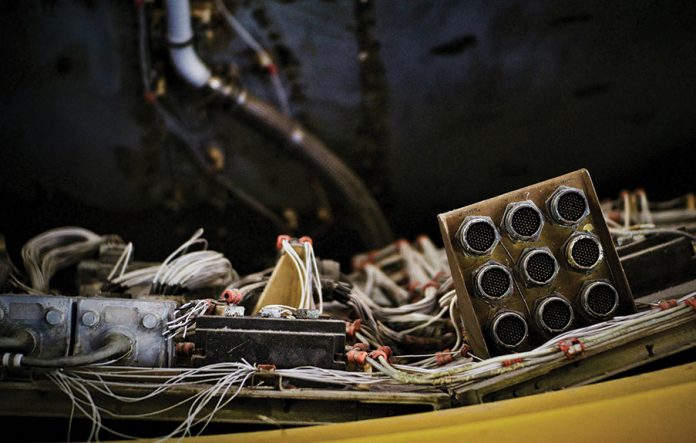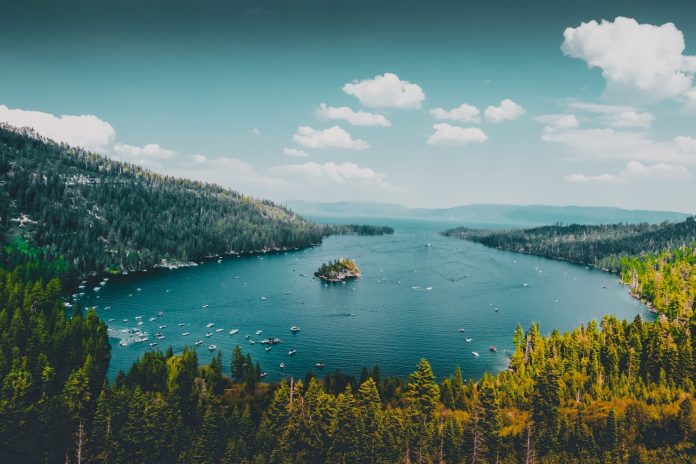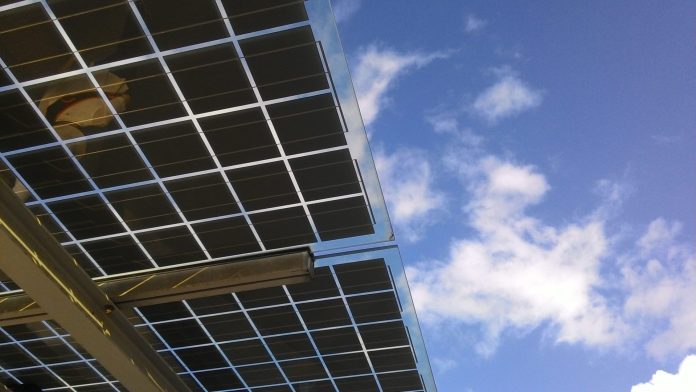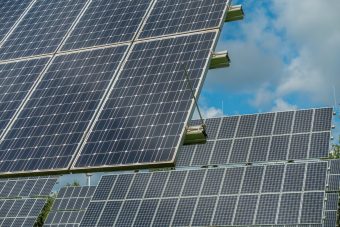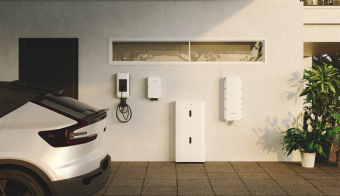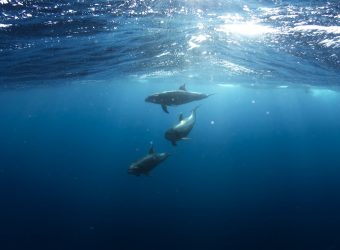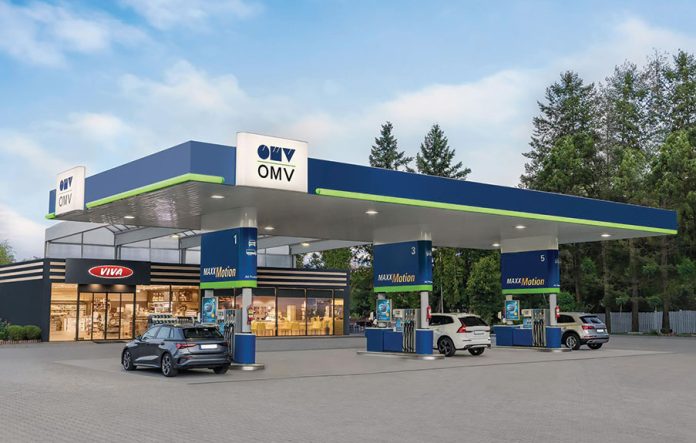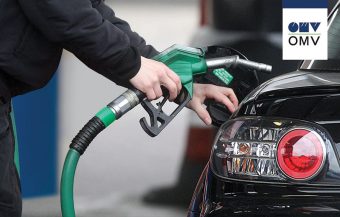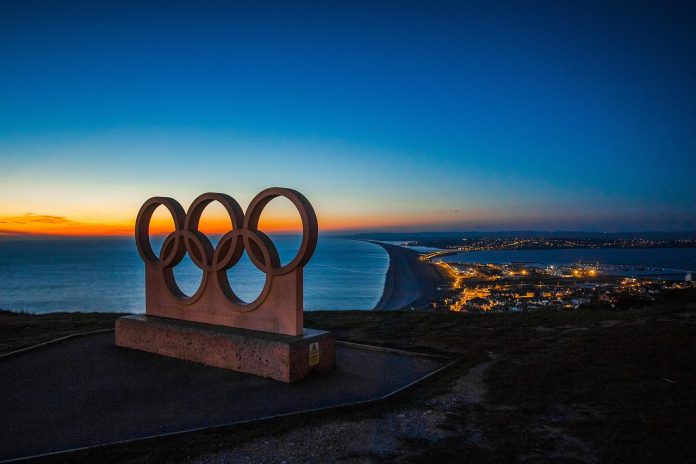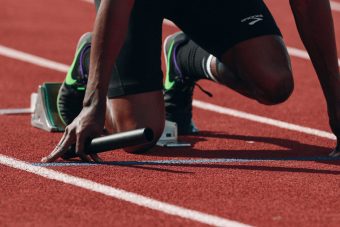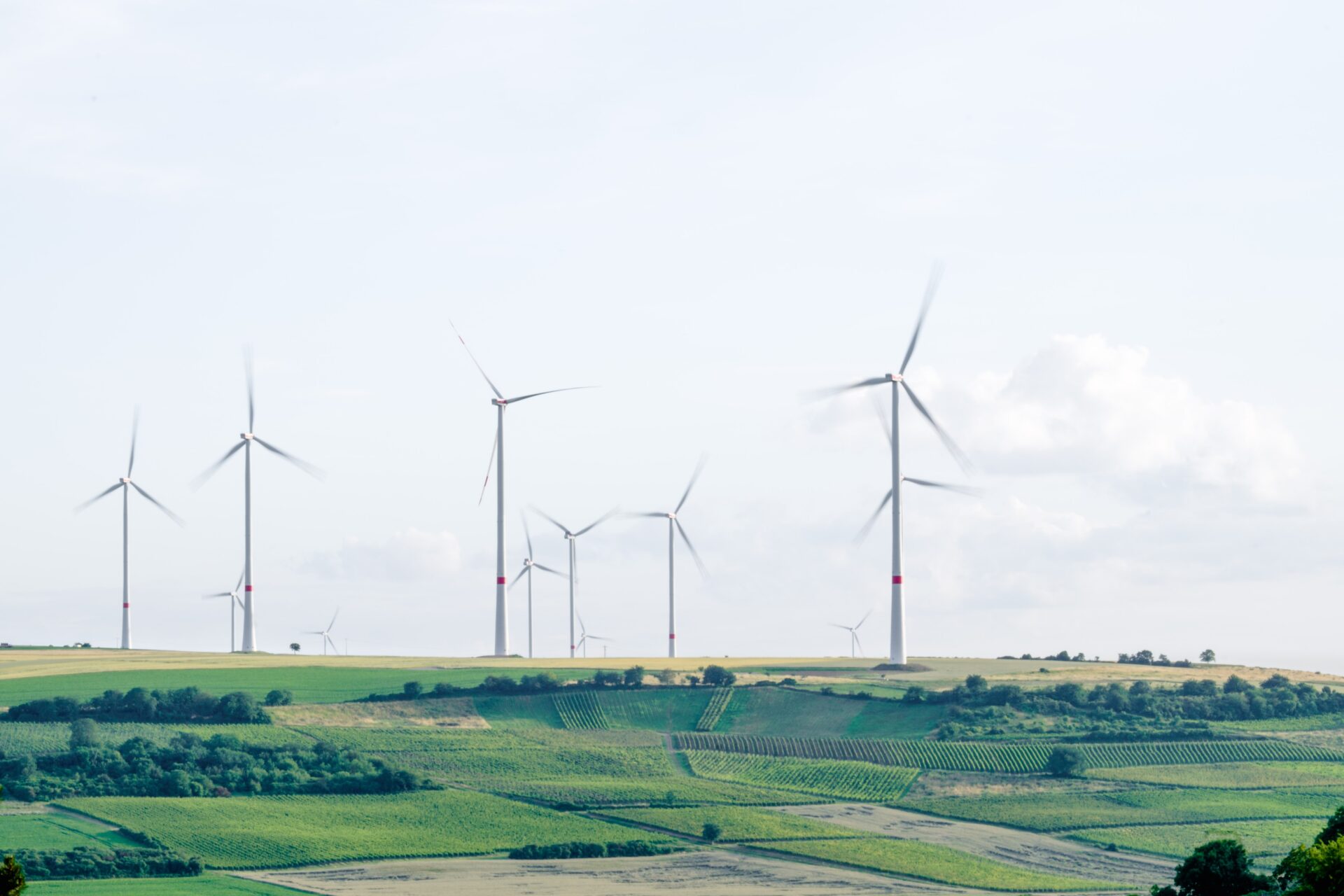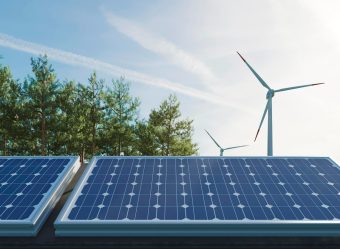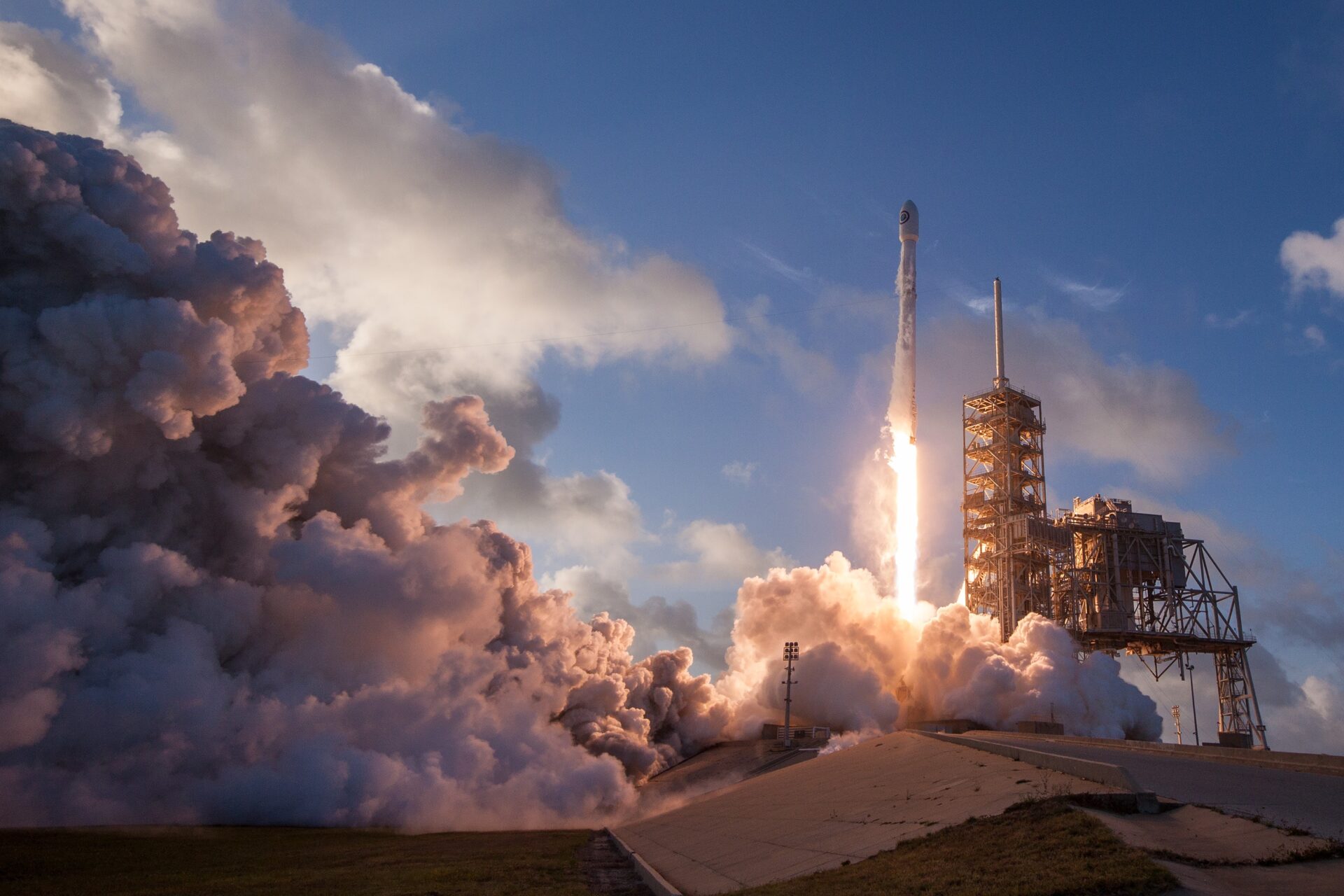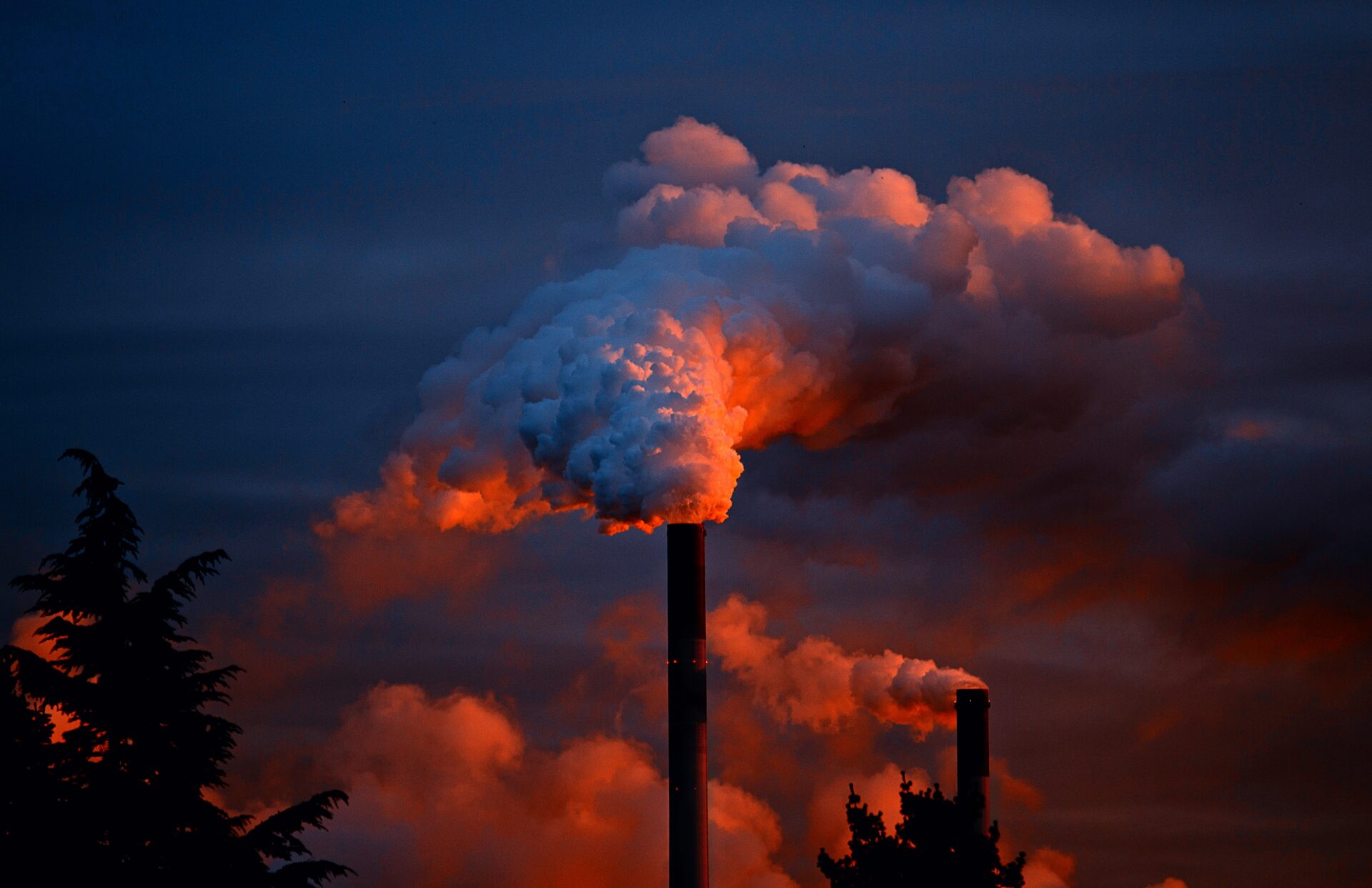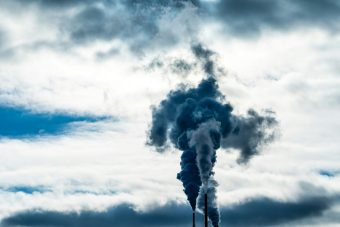
Numerous scientific studies indicate a connection between polluted air and the occurrence of pulmonary and cardiovascular diseases, as well as some types of cancer.
However, the potential health problems from breathing in bad air go back even further, according to the latest study by researchers from the University of Bristol.
Their research, published in the JAMA Network Open journal, reveals a link between exposure to air pollution during pregnancy and the baby developing a mental illness when it reaches adolescence.
The researchers wanted to examine the long-term impact of exposure to air and noise pollution during pregnancy, early childhood and adolescence related to three common mental health problems – psychotic experiences (including hallucinations and paranoid thoughts), depression and anxiety.
The team used data from over 9,000 participants from the Bristol Childbirth Cohort Study in the 1990s, which recruited around 14,000 pregnant women between 1991 and 1992 and has followed their lives, as well as the lives of their children and partners ever since.
By linking the participants’ early childhood data with their mental health reports at ages 13, 18 and 24, the researchers were able to map air quality and noise pollution levels in south-west England at different points in time.
The research found that relatively small increases in the concentration of fine particles in the air can cause more frequent occurrences of psychotic experiences and depressive symptoms in the teenage years and early adolescence. Namely, an increase of 0.72 micrograms of fine particles (PM2.5) per cubic meter of air during pregnancy and childhood is associated with an 11 per cent higher chance of psychotic experiences and a 10 per cent higher chance of depression.
This is just one piece of evidence suggesting that toxic gases and particulate matter in the air can contribute to mental health problems.
More:
- EL NIÑO IS FORECAST TO SWING TO LA NIÑA LATER THIS YEAR
- INDUSTRIAL POLICY: COUNCIL GIVES FINAL APPROVAL TO THE NET-ZERO INDUSTRY ACT
- NASA LAUNCHES SMALL CLIMATE SATELLITE TO STUDY EARTH’S POLES
Pollution damages brain tissue
Particles and gases from the air quickly reach brain tissue via the blood, where they can jeopardize the blood-brain barrier and lead to neuroinflammation and oxidative stress.
Other studies also indicate that air pollution can cause inflammation in the brain, which further leads to the accumulation of a harmful protein linked to the onset of dementia.
Furthermore, scientific research suggests that air pollution most often affects the regions of the brain that control emotions, and this explains the higher level of anxiety and depression in people who live in polluted areas.

